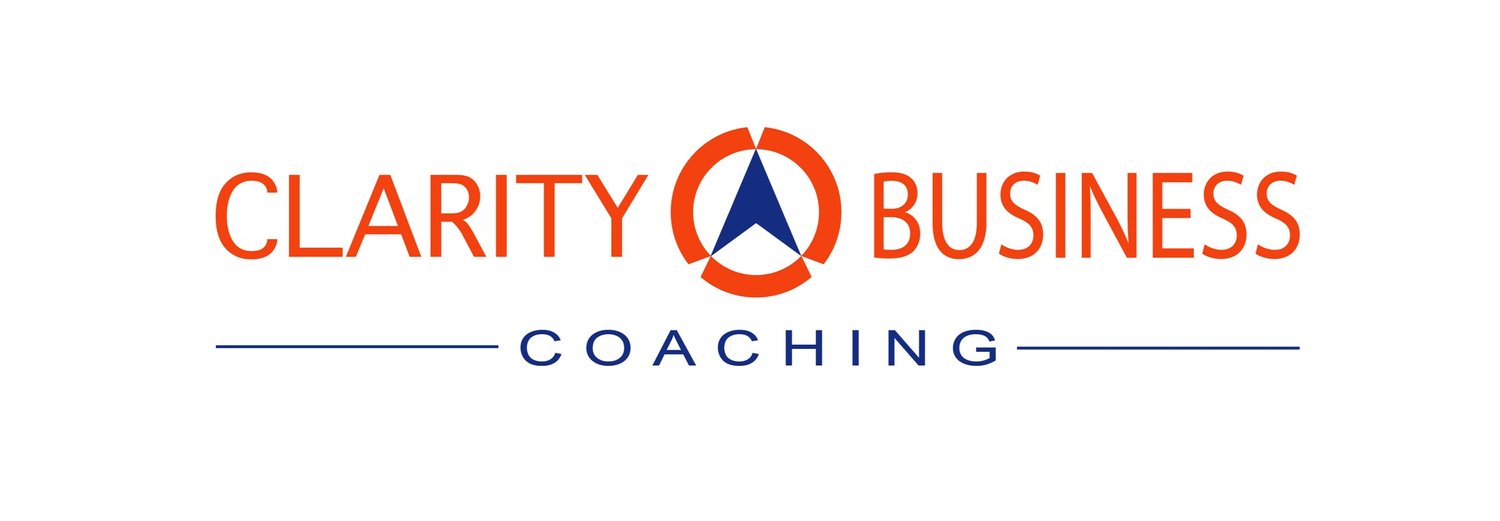The 4 Steps to Learning a New Skill
Leaders are learners! As a business owner or key executive,you should always strive to grow by learning something new. But, when yourdaily schedule makes it hard to even find time to eat lunch, learning somethingnew often falls on the back burner until it becomes a complete necessity (andby that time, it’s likely too late to use the new skill as a competitive edge).No matter what skill or idea you have decided to learn, there are four learningstages that each individual goes through. Being aware of these stages can help youbetter accept and appreciate the slow, and frequently uncomfortable, learningprocess to understand just how much work you need to put in to become a master(especially when training new employees).
The First Step: Unconscious Incompetence (or Ignorance)
You don’t know what you don’t know. The baseline of alllearning begins with being blissfully unaware of the skill (and your lack ofproficiency in it). New ideas are thrown around at this stage, and energy isoften high as enthusiasm grows around the potential of gaining the new skillwithout much knowledge on how much work will go into mastering it. It oftenalso brings the uneasy feeling of stepping outside of your comfort zone and tryingsomething new.
The Second Step: Conscious Incompetence (or Awareness)
Now that you’ve taken the next step in exploring how tolearn the new skill, your eyes are open to exactly how much you don’t knowabout the subject at hand. You now know what you don’t know, and it oftenappears to be more difficult than originally anticipated. You are not yet proficientin the skill, and you recognize the deficit in your current knowledge orskillset. This step in the learning process often brings frustration and canfeel painful, discouraging and overwhelming. This stage often takes the longesttime because it takes a lot of effort from growing in awareness to developingthe skills that help close the gap.
The Third Step: Conscious Competence (or Learning)
This step involves trying the skill out, experimenting andpracticing. While you still need to think and work hard to do the skill theright way, you will soon hit the tipping point when you start to feel like youare actually getting it! Now is a great time to train others on the skill,write down your best practices, and find additional ways to do it better. Itwill become easier in no time.
The Last Step: Unconscious Competence (or Mastery)
Finally, performing this skill becomes automatic. You’ve hadso much practice that it has become “second nature,” and can be performedeasily. You are now consistent and strong in the execution of this skill. It’sin this step that it is important to avoid complacency and boredom, tocontinually challenge yourself to build upon and innovate this skill. It isalso important to keep in mind the value of this skill and communicate its importanceand uniqueness to your customers and clients.
What does your training look like for new employees?
Does your training process work your new employees throughthese four steps? Or, could your employees be muddling through unconscious incompetenceof the new tasks or skillsets you’ve asked them to learn? Take some time to revisityour training program to make sure each step is understood within the process.Set goals for your employees on each step to lead them through the learningprocess as smoothly as possible.
What are your learning goals for 2020?
Are youcurious to know what your employees believe needs to be improved upon in yourbusiness? We offer the Performance Gap Indicator, which combines anonymous individual employeeresponses from a 45-question survey and analyzes the results across 5 coreperformance areas called Non-Financial Key Performance Indicators(NF-KPIs).
Benefits of the Performance Gap Indicator include:
CollectAnonymous Employee Feedback: Provide asafe space to create honest dialogue. Straight talk is the starting point forimprovement.
Gain Clarity& Focus: No more gut reactions. Know exactlywhere to focus your resources.
Leverage LeadingKPIs: Non-Financial KPIs are the leadingindicators of business success. Learn to leverage what makes a difference.
IdentifyHigh-Impact Opportunities: Executewith laser precision. Compete at a level the competition doesn’t even knowexists.
Take ImmediateAction: Consider the PGI as Triage for yourbusiness. Identify your “Urgent Action Required” Issues.
MeasureImprovement & ROI: Quantifyresults and verify progress to confirm performance improvement.

